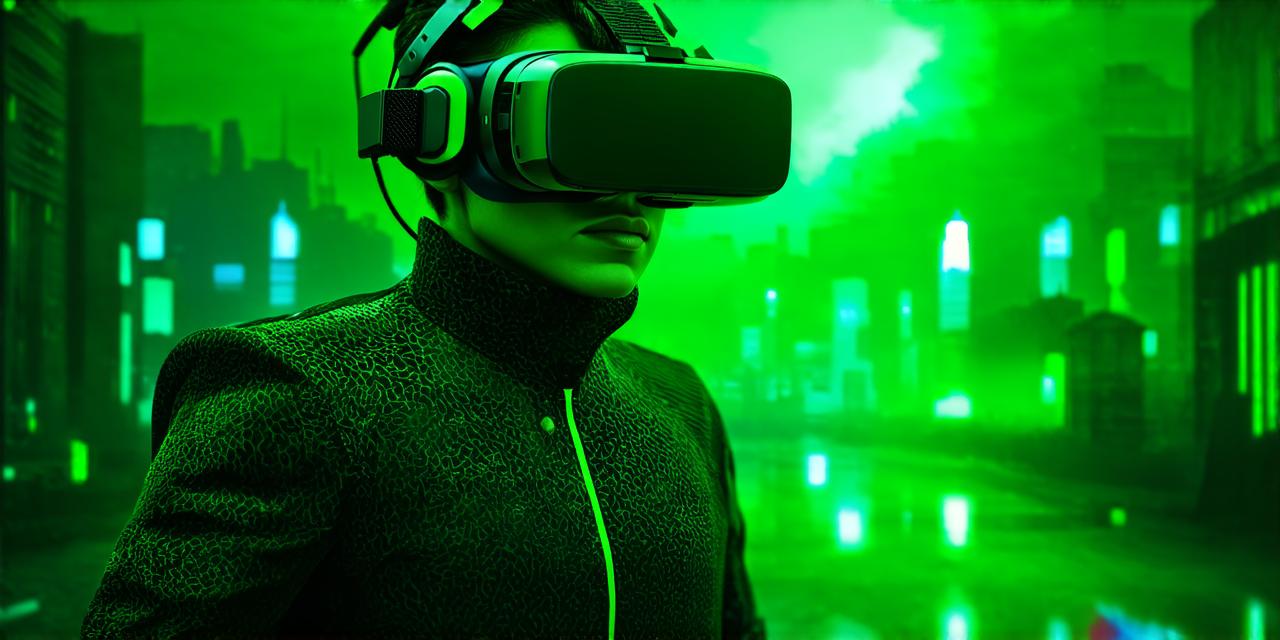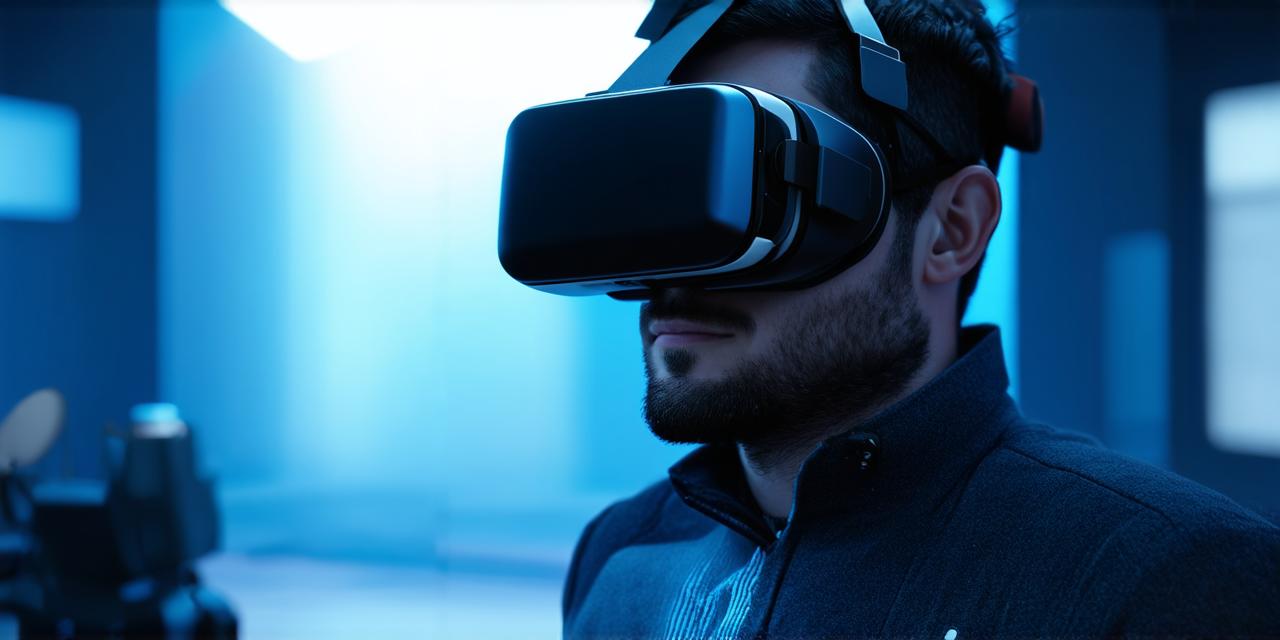
How does virtual reality help?
Virtual reality (VR) is a rapidly growing technology that has been gaining popularity in recent years. It allows users to experience immersive, interactive environments through head-mounted displays or other devices.
Table of Contents
Toggle1. Virtual Reality for Education
One of the most promising applications of virtual reality is in education. VR can provide a safe, controlled environment for students to learn and practice skills that may be difficult or impossible to replicate in real life. For example, medical students can practice surgeries without risking harm to patients, while aviation students can simulate flight scenarios without leaving the ground.
2. Virtual Reality for Training
Virtual reality is also being used for training purposes in a variety of industries. In manufacturing, VR can be used to train workers on how to operate machinery or perform complex tasks safely. In the military, VR can be used to simulate combat scenarios and prepare soldiers for real-world situations. In the sports industry, athletes can use VR to simulate game scenarios and improve their performance.
3. Virtual Reality for Entertainment
Virtual reality has also found its way into the entertainment industry. It provides a unique and immersive experience that can transport users into different worlds and allow them to interact with characters and environments in ways that were previously impossible. VR games and movies are becoming increasingly popular, and theme parks are starting to incorporate virtual reality experiences into their attractions.

4. Virtual Reality for Therapy
Virtual reality is also being used as a tool for therapy. It can be used to treat anxiety disorders, PTSD, phobias, and other mental health conditions. By creating realistic simulations of triggering situations, VR can help patients confront their fears in a safe and controlled environment.
5. Virtual Reality for Tourism
Virtual reality is also being used in the tourism industry to provide users with immersive travel experiences. Users can virtually explore different parts of the world without leaving their homes. This not only saves time and money, but it also makes travel more accessible to people who may not have been able to afford it before.
In conclusion, virtual reality is a powerful technology that has a wide range of applications across different industries. It provides a safe, immersive environment for learning, training, entertainment, therapy, and exploration. As the technology continues to evolve, we can expect to see even more innovative uses for virtual reality in the future.

